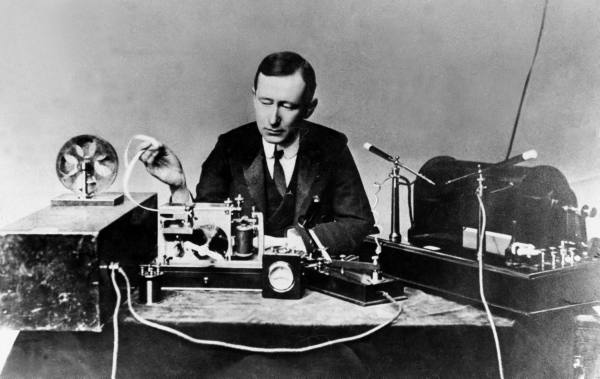November 30, 1924 - The first photo is sent by fax in the world
At the present time, fax machines still exist in a stable way in public offices in front of the strong development of Internet and e-mail.
The first photo is sent by fax
Fax or e-mail is an electronic technique that sends copies directly through electrical wiring. The sender has the ability to scan the original, change the information into a signal and then transmit it via the power line to the receiver somewhere else. The receiver then changes the signal back and prints a copy on the paper. The fax word for English is pronounced in Latin from facsimile (fac: create; simile: similar).
Although it was introduced in 1843 by Alexander Bain , the fax systems were only able to transmit the letter signal via the wire transmission system, but it was not until 1924 that the two disadvantages were different clothes. Specifically, on November 30, 1924, the portrait of US President Calvin Coolidge was faxed from New York across the Atlantic to London. This is the first time in human history that it is possible to send an image as a radio signal through a wireless connection. In fact, this "miracle" work device only appeared a few months ago when Richard Ranger, a Radio Corporation of America employee, invented a file-sending machine with radio waves in the sea. This is also the precursor to later modern fax machines . Also in 1924, Herbert Ives used the technique of color separation to create the first fax machine capable of printing colors.

Later, fax machines were gradually improved. By the mid-1970s, the Exxon Qwip fax machine was the first to use light rays to scan and record signals on a rotating tube axis. Reflective light changes the intensity of dark light according to the lightness on the original paper. The intensity of the light rays is changed into electrical impulses into the pronunciation unit. The audio signal is then transmitted according to the telephone lead to the receiver. The receiver has a listening unit, audio recording and translating into a signal. The signal is then transmitted to the item sprayer, printed on a copy paper located on a rotating shaft axis at the same speed as the tube axis of the sending machine. Exxon Qwip machine at that time was very large and very expensive. Only big design firms can afford to buy.
Fax technology began to replace telecom communication technology in the 1980s. Today faxes are gradually being replaced by email in many areas of communication, faxing is still used because of advantages such as many types of lakes. Important documents should not use email to avoid being lost or stolen, or in some countries electronic signatures on email are not trusted by a signature on fax paper. In addition, large company companies use fax servers, computers with the ability to turn documents into fax signals sent, receive faxes, convert them into emails and broadcast them to employees' personal computers, no need. print out paper.
At the present time, fax machines still exist in a stable way in public offices in front of the strong development of Internet and e-mail. In some countries, signatures and seals that are scanned and sent via e-mail are considered to be inadequate for the legal nature of the document, so they still use the fax machine. Even in Japan, fax machines account for 81% of the text sent in a day. It is true that the older spicy ginger.
- Admire the natural photos won the World Press Photo Award 2016
- The best photo of the earth and sky 2014
- The most beautiful nature photos in November 2011
- 7 most expensive photos in the world
- Photos of Vietnamese tourism stand out in the largest competition in the world
- See the oldest photo in history left
- Record the world's smallest color photo
- November is the hottest in 134 years
- Beautiful black and white photos of the wildlife world
- The most adventurous selfie in the world
- Micro handheld printer
- Impressive moment from the 2017 World Photography Competition
 Biography of hero Vu A Dinh
Biography of hero Vu A Dinh History of hematology
History of hematology Who is Mr. Tam Da 'Phuc-Loc-Tho' and what does it mean?
Who is Mr. Tam Da 'Phuc-Loc-Tho' and what does it mean? Unbelievable facts about the history of the oil and gas industry: Gasoline used to be cheaper than water, so abundant that it had to be dumped into the river...
Unbelievable facts about the history of the oil and gas industry: Gasoline used to be cheaper than water, so abundant that it had to be dumped into the river...